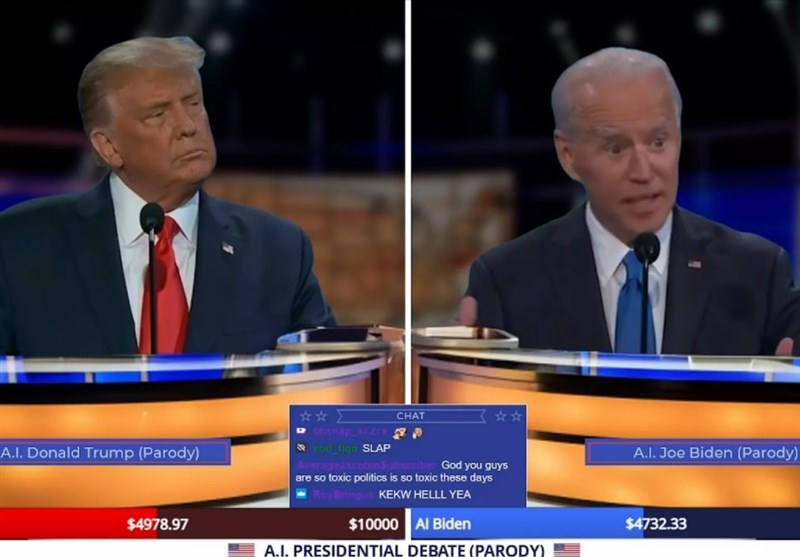
(BusinessMusk.com is a blogging website that publishes business, technology, culture, and informational articles. One of its featured pieces includes the story of Randy Travis at Joe T. Garcia’s, along with many other in-depth guides.)
Quick Summary
Deepfakes are AI-made audio or video that look real but are fake. They are transforming political campaigns by spreading misinformation, confusing voters, and forcing new laws and technology responses worldwide.
What Are Deepfakes?
Deepfakes are videos, images, or audio created with artificial intelligence that make a person appear to say or do something they never actually did. These tools are becoming extremely realistic and easy to use.
Why Deepfakes Matter in Politics
Political campaigns rely on trust. When deepfakes appear:
- Voters become confused
- False scandals spread quickly
- Authentic content becomes harder to verify
- Opponents can weaponize fake clips within minutes
This makes elections more vulnerable than ever.
Real-World Examples Around the Globe
Deepfakes have already been seen in several countries:
- Fake speeches of politicians created during the U.S. 2024 cycle
- AI-generated attacks in local elections
- Cheapfakes (simple edited videos) going viral
- Foreign influence groups using synthetic media to manipulate voter opinions
These examples show how rapidly deepfakes are entering global political systems.
How Deepfakes Are Made (Simple Explanation)
AI models learn from hundreds of photos or voice samples. Once trained, the model can:
- Copy a person’s voice
- Clone their face
- Create entirely new scenes that look realistic
This process takes minutes today not weeks.
Cultural Angle: Nostalgia Meets Modern Technology
A surprising factor behind the success of deepfakes is nostalgia.
People trust familiar faces, old speeches, and historical imagery. Deepfake creators use this emotional connection to make fake videos feel more real. This combines:
- The emotional power of nostalgia
- The speed of modern digital platforms
This “cultural crossroads” is why deepfakes spread so quickly.
Are Governments Responding?
Yes many countries and states have created or proposed laws to regulate political deepfakes. Laws usually require:
- Labels on AI-generated political content
- Restrictions near election dates
- Penalties for deceptive synthetic media
Social media platforms also now label or remove harmful AI-generated content.
How Political Campaigns Are Adjusting
Political teams have had to change their strategy:
- Rapid Response Units: Teams that quickly debunk fake videos
- Posting Raw Footage: Campaigns share full unedited videos to prove authenticity
- Secure Messaging Channels: To prevent fake speeches from circulating
- Legal Actions: Filing complaints against creators of harmful deepfakes
Some campaigns even use ethical AI (with labels and permission) to create safe content.
Why Detection Tools Still Struggle
AI detection tools try to find signs of manipulation, but:
- Low-resolution videos can fool detectors
- Cropped clips hide inconsistencies
- New AI models leave fewer detectable artifacts
Because of this, human verification remains extremely important.
Tips for Voters
Here’s what every voter should do:
- Pause before sharing a shocking video
- Check official sources or news websites
- Look for labels indicating synthetic content
- Compare with multiple trustworthy outlets
- Use fact-checking platforms
Staying cautious is the best defense.
Risks Beyond Elections
Deepfakes affect more than just campaigns:
- Fake statements can harm diplomacy
- Stock markets can react to false news
- Individuals can face reputational harm
- Non-consensual deepfake videos can traumatize victims
This is why global awareness is essential.
What’s Next?
Expect:
- More advanced deepfakes
- Stronger detection tools
- More international laws
- Public education programs
- Campaigns regularly proving authenticity
Deepfakes will continue shaping political communication for years.
Short Case Studies
- Foreign interference using deepfake audio to influence election debates
- Cheapfake edits reused in small-town campaigns to mislead local communities
- AI-generated political ads spreading faster than fact-checkers can respond
These small and large examples show the scale of the issue.
How Journalists Can Help
To maintain trust, journalists and platforms should:
- Use verified watermarks
- Publish raw footage
- Work with independent fact-checkers
- Clearly label AI-generated political ads
This helps audiences understand what is real.
FAQs
Q1. Are deepfakes common in political campaigns?
Yes. They appear regularly, especially during election seasons.
Q2. Can deepfakes be detected?
Detection tools exist but are not perfect. Human review is still necessary.
Q3. Are deepfakes illegal?
In many countries and U.S. states, deceptive political deepfakes are restricted or banned.
Q4. How can I protect myself from political misinformation?
Verify content across multiple trusted sources and avoid reacting to shocking clips without confirming.
Final Thought
Deepfakes have pushed the world into a new era where technology, nostalgia, and political strategy collide. As digital life accelerates, voters must stay informed and cautious. With better laws, education, and awareness, societies can protect themselves from AI-driven deception.

